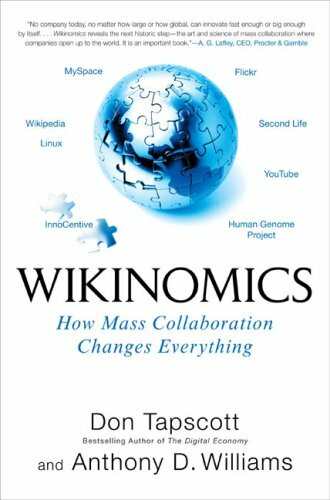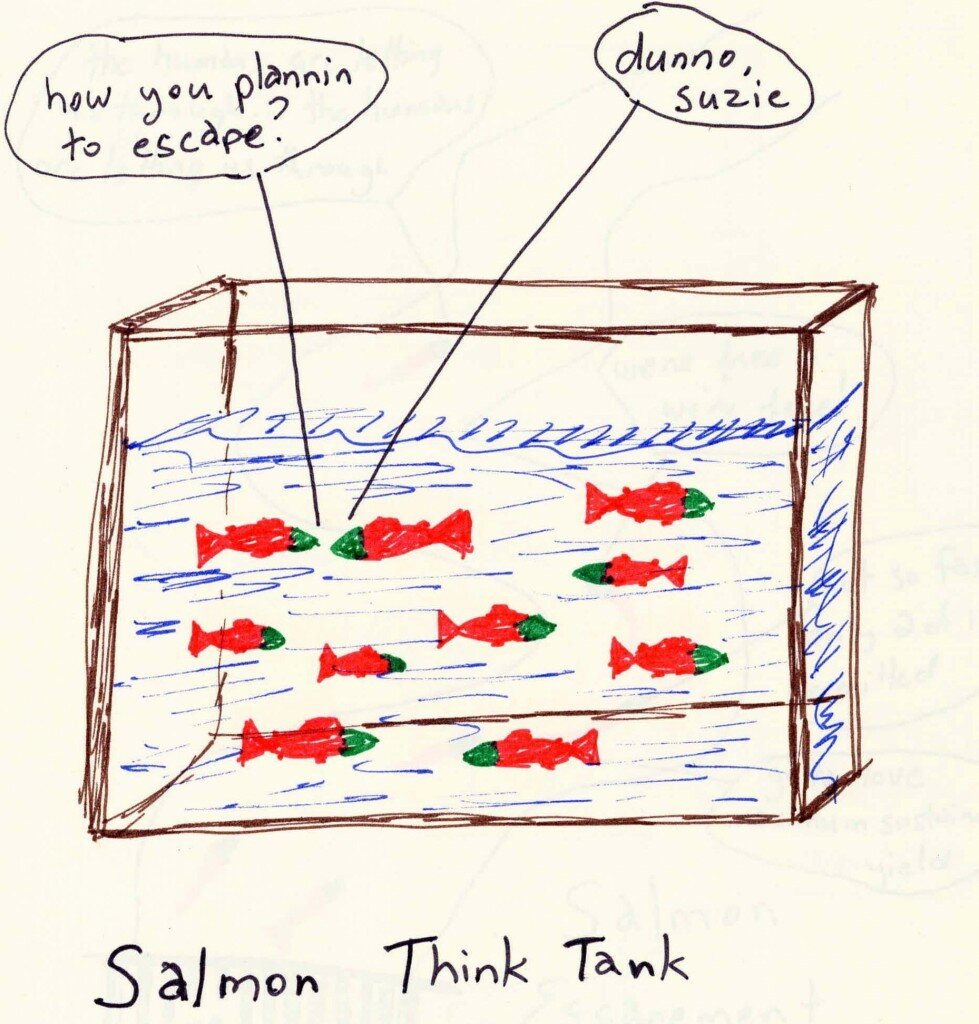by Dr. Gordon Hartman, former Department of Fisheries and Oceans, posted at “The Common Sense Canadian”. As quoted on the website:
Dr. Gordon F. Hartman has consulted on fisheries issues in a number of foreign countries to help them contribute to the well being of that resource. Leading fishery scientists all over the world will attest to his knowledge and ability. Dr Hartman, long a premier scientist and manager with the Department of Fisheries and Oceans, was one of the “dissident scientists”, as Alcan referred to them – a sobriquet he wears with pride – who helped mightily in the fight to cancel the Kemano Completion Program proposal for the Nechako system.
This title is quoted from a publication by Jeffry Hutchings, Carl Walters and Richard Haedrich, back in May of 1987. Their paper dealt with government control of science information in regard to the cod fish crisis in the Atlantic Ocean, and the Kemano Completion issue in B.C. Now, almost 25 years later, their title question is still appropriate when we consider the control of public communication by Dr. Kristina Miller, a DFO scientist at the Pacific Biological Station in Nanaimo. The control is in regard to her public discussion of her (and co-author’s) highly technical paper on genomic signature and mortality of migrating Sockeye salmon (Science, pages 214-217, Vol. 331, 14 January, 2011). The muzzling of this scientist originates primarily in the office of the Prime Minister of Canada, far more than in the DFO bureaucracy.
I have read the paper and it is unclear to me why there should be any reluctance on the part of government, at any level, to having such research discussed with the public. It is even less clear to me why Dr. Miller is constrained from discussing such work until after she appears before the Cohen Inquiry in late August. Her work is already open to the scientific community through publication in the prestigious journal, Science. To the extent that Dr. Miller and co-author’s work on wild salmon in the Fraser River may provide help in sustaining them, it should be open to the public now. Science should not be used for playing political games.
When one considers the behavior and record of governments, over the years and at the very “top end”, there is cause to wonder what the real commitment is, deep down, in regard to sustaining wild salmon. The bitter history of issues such as Alcan/Kemano, salmon farming, and Fraser River gravel mining underlie such concern. In each case there appears to be an unspoken policy of business and industry first, and wild salmon and their environments second. Salmon-friendly measures such as the “wild salmon” policy and “no-net-loss” principle are positive, however, they seem to have less weight than they should when big business is involved.
Such doubt and concern has “big roots” as far back as the mid 1980s in the Kemano completion issue. A major element of debate involved the allocation of adequate flows in the Nechako River for the Chinook salmon population that reproduced there. Full review of this unfortunate part of history is not possible in a limited space. A listing of the chronology of events is given in my paper in the publication (GeoJournal, October 1996, Volume 40, nos. 1 & 2, page147 – 164).
A deeper and harsher indication of the misuse of scientists and their work is given in the Brief to the B.C. Utilities Commission Review Panel by Dr. J.H. Mundie (The Kemano Completion Project: An Example of Science in Government, 50 pages, February 1994).
- Dr. Mundie tells of the Schouwenburg report, the joint year-long work of about ten scientists, being buried. This report contained the best advice the scientists could offer regarding required flows for salmon in the Nechako River.
- He reviews how DFO scientists and managers were told that the minister accepted Alcan’s prescribed flows as adequate.
- He reviews how a group of DFO people and Alcan consultants, over a four day weekend period, came up with a program to make Alcan’s dictated flow regime work.
- He testifies to his being pushed, unsuccessfully, to change his expert witness document regarding flows required for salmon.
- He quotes the minister’s statement in regard to scientists who were concerned about the Alcan/Nechako River process, they should either agree with him, or “take their game and play elsewhere.”
Except for the need for brevity, the experiences of other scientists could be added to this section. This history is not presented to re-acquaint people with the whole controversial history of the Alcan/Nechako episode. It is touched on to indicate that little has changed during about the last 25 years in the way governments manage science and scientists.
Organizations like DFO contain many very talented and dedicated people. The public does not gain the full benefit that they might offer in the present politicized and bureaucratized system. Both the public and the public servants deserve better.
As for the Fraser River salmon, they face a difficult and uncertain future even if only the freshwater environment is considered. It is a future marked by change and complexity. The complexity involves interaction of climate, flow regimes, thermal and forest cover changes. Added to these are, expanding human populations, water abstraction, pollution, and competing demands for catch.
There is urgent need for a structure that can focus on these major challenges now and into the years ahead. Such complex and expanding challenges cannot be dealt with without scientific knowledge. Whatever the Cohen Inquiry might do, it is not a substitute for science now, and into the future.
Beyond the provision of knowledge, we need a structure that allows the public to know what the scientific findings and advice are. We need a structure that permits thoughtful public response and feed-back to such information.
If political people must over-ride science for reasons of “greater societal good”, which they have every right of do, let them do so openly. Then let them also explain it openly, rather than trying to shape and manipulate science, through the bureaucracy, to serve political or business ends.
G.F. Hartman, Ph.D.,
August 2011
_ _ _ _ _ _
The underlined part goes back to this idea I’ve put out there frequently, something akin to a Citizen’s Assembly on how we coexist with wild salmon.
As I’ve also mentioned frequently on this site, it’s not just up to the ‘scientists’; however, science does play an important part.
(and this is made clear by the Prime Minister’s Office interference on this particular issue of muzzling scientists)
Unfortunately, though, just as the East Coast Cod collapse, and issues such as massive dam construction, and so on — it doesn’t really matter what the “scientists” say or what their ‘science’ says; it’s the economists and politicians opinions that win. And thus a “scientific inquiry” — which is essentially what the Cohen Commission has become — won’t answer many questions…
One scientist says that, another says this… and so goes the merry-go-round.
Or the famous beast known as Hydra arrives, and that’s the thing with “science” and natural systems — just when you think you have the answer, you realize you have two more questions that need be answered. Chop of another head, two more pop up.
These are issues of political will and political decision-making — whether it be in the Prime Minister’s office or the DFO office… and yet the Cohen Commission is not to find fault with any people or branches of government. And thus, what sort of “answers” to folks expect?
And, like it or not, media plays a role in near everything. The bigger change in recent years that many of the 40% of older work force in institutions like the Departments of Fisheries and Oceans (and older range of MPs and long time bureaucrats) may not have have full grasp upon — the power of social media.
Marketing is everything and everything is marketing — plain and simple.





 Labor is not just a meaningful experience – it’s also a marketable one. When instant cake mixes were introduced, in the1950s, housewives were initially resistant: The mixes were too easy, suggesting that their labor was undervalued. When manufacturers changed the recipe to require the addition of an egg, adoption rose dramatically. Ironically, increasing the labor involved – making the task more arduous – led to greater liking.
Labor is not just a meaningful experience – it’s also a marketable one. When instant cake mixes were introduced, in the1950s, housewives were initially resistant: The mixes were too easy, suggesting that their labor was undervalued. When manufacturers changed the recipe to require the addition of an egg, adoption rose dramatically. Ironically, increasing the labor involved – making the task more arduous – led to greater liking.